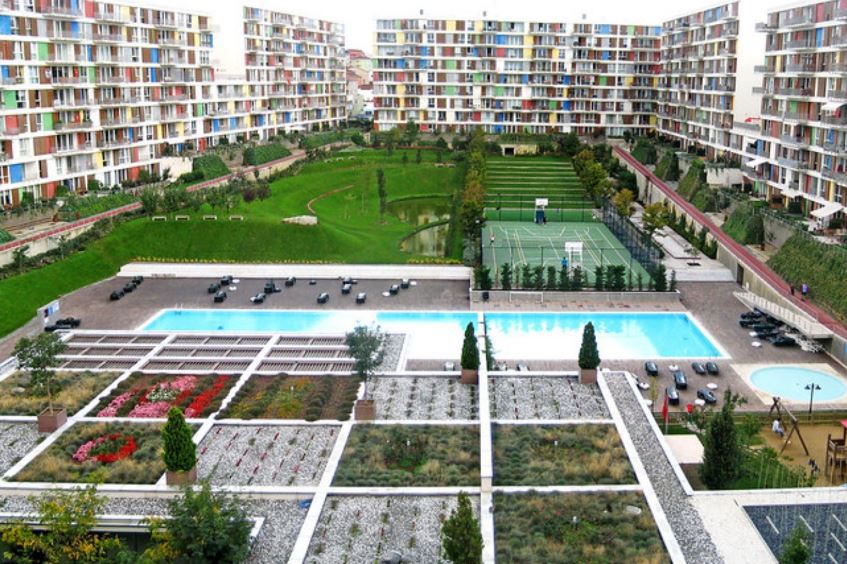Urban green spaces provide clear mental health benefits
New research has found a strong link between proximity to urban green spaces and mental wellbeing in city residents.
The study, conducted by researchers at the Universities of Warwick, Sheffield and Newcastle, has been published in the Applied Geography journal under the title ‘A spatial analysis of proximate green space and mental wellbeing in London’. Dr Victoria Houlden, a post-doctoral research assistant at Newcastle University’s Centre for Urban and Regional Development Studies and co-author of the study, said: “We believe this it is the first study to demonstrate how urban green spaces may improve a broader definition of mental wellbeing. A lot of research focuses on poor mental health or single aspects of wellbeing like life satisfaction. What makes our work different is the way we consider multidimensional mental wellbeing, in terms of happiness, life satisfaction and worth. While government guidelines recommend minimum amounts of green space in residential developments, our study was able to establish more specifically where green space may be most valuable.”
The study’s authors collected data from 25,518 respondents in order to chart the size and distribution of urban green spaces; their closeness to participants’ homes; and participants’ overall mental wellbeing, which was observed in three categories: happiness, life satisfaction and sense of self-worth. The findings indicated a clear correlation between the amount of green space close to people’s homes and their mental wellbeing, with respondents living within 300m of green spaces reporting the highest average levels of life satisfaction, worth and happiness.
Professor Stephen A. Jarvis, Director of the EPSRC Centre for Doctoral Training in Urban Science at the University of Warwick, said: “[The centre] has been tackling difficult urban questions for several years. Much of this research has been to provide evidence, resulting from the application of data-analytic methods, to support decision making by local councils and government agencies. This is the first study to provide concrete evidence of how urban green spaces may improve mental wellbeing in the broadest sense, and should therefore lead to healthier, happier and more productive urban landscapes in the future.”
Professor João Porto de Albuquerque, Director of the University of Warwick’s Institute of Global Sustainable Development, added: “As part of the Sustainable Development Goals, the United Nation Member States committed to provide every access to green and public spaces for every citizen by 2030, which is usually measured based on the area of cities that is open space for public use. However, our study makes clear that it is not only the area of public green space in the whole city that matters when it comes to maximising benefits for mental wellbeing. We provide evidence that the proximity of green space to an individual’s home is important for detecting significant associations with improved mental wellbeing, and that the strength of this association may vary in different areas of the city. This result has important implications for urban planning and decision making related to how we measure access to urban green spaces and how to design more sustainable and liveable cities.”





